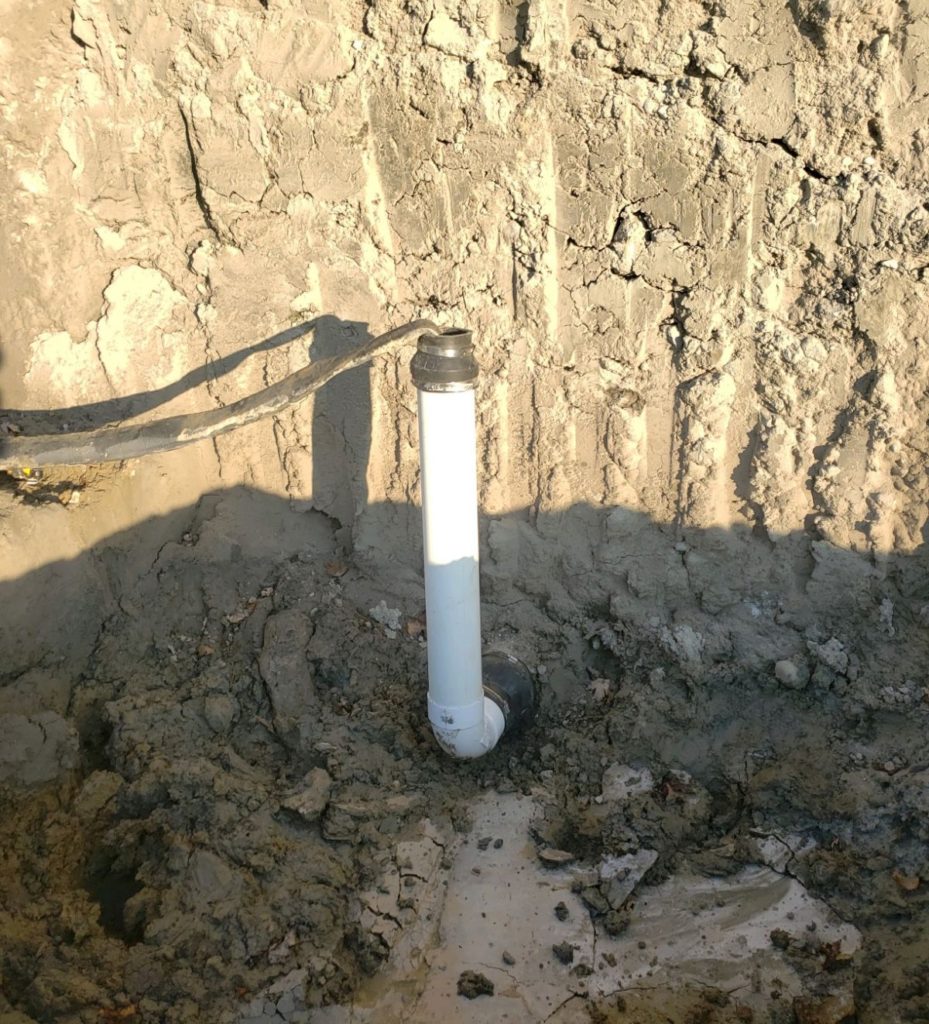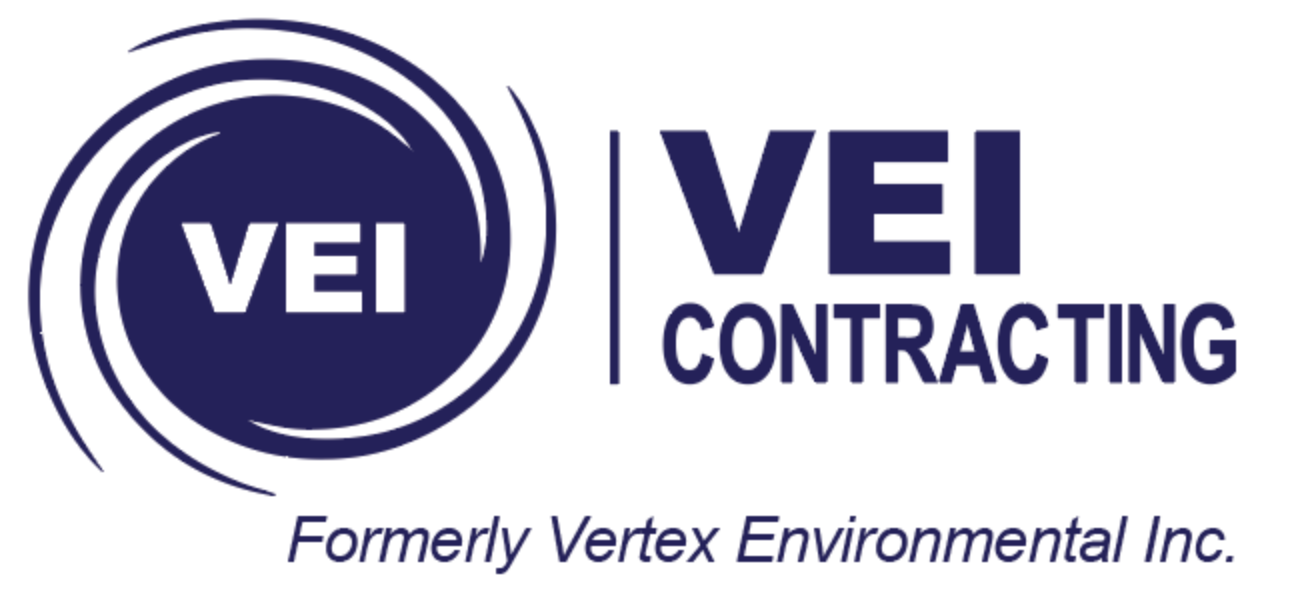Sewer Discharge Agreements: Choppy Waters or Smooth Sailing?
The municipal permitting process for Sewer Discharge Agreements (SDAs) can be complex and frustrating at times. Ontario operates under a patchwork of different regulations where every municipality has its own unique permitting process. Some two-tier municipalities have separate application processes for both the lower and upper municipality levels. Incomplete SDA applications, or inconsistencies between the permit and actual field conditions, can lead to serious construction delays or even significant expenses (i.e., temporary water hauling) if a permit is delayed or revoked.
Does this sound familiar?
Well, this newsletter was prepared to shed some light on the SDA process and highlight some best practices when it comes to technical knowledge, selection of discharge location and permit timing.

Technical Knowledge
SDAs require a lot of technical information. Most applications require a Dewatering Plan showing all major equipment (i.e., pumps, tanks, pre-treatment equipment, flow meters, sampling port locations, etc.) as well as process flow diagrams. If the groundwater requires pre-treatment then additional questions need to be answered including:
- What are the contaminants of concern?
- What are the specifications of the pre-treatment equipment?
- What is the treatment efficacy of the process?
- How does the pre-treatment equipment need to be maintained?
Some SDAs even need to be stamped by a Professional Engineer (P.Eng.).
“My site isn’t a brownfield but when I tested the groundwater it failed the sewer standard for heavy metals?”
We hear this a lot! And there is no need to panic. This is likely not anthropogenic contamination; it’s probably just naturally occurring metals. For example, more than 90% of sites in the GTA fail the Storm Sewer Standards for naturally occurring metals.
Overall, it’s important to involve a dewatering/water treatment contractor in the early stages of the application process that has the technical knowledge and experience to navigate these and any other technical questions that may arise.
Discharge Location
Every dewatering/water treatment site needs to have a final discharge location for the water. The vast majority of construction sites discharge to a municipal sewer, either sanitary (SANI) or storm (STM). There is a small subset of sites that discharge directly to the natural environment, however, in our experience this is less than 5% of projects and generally occurs in areas where sewer networks are inaccessible. These sites are usually permitted directly with the Provincial Ministry of the Environment.
A question that needs to be answered for every site is:
“What is my most cost-effective discharge option?”
The answer to this question depends on flowrate, contaminant concentrations, and available space at the Site. Some additional considerations are listed below:
- The main advantage of a STM discharge location is the absence of discharge fees. Most municipalities have no discharge fees for STM, whereas a few municipalities have introduced relatively low STM discharge fees based on the overall size of the site.
- The main disadvantage of a STM SDA is the requirement for more stringent treatment which leads to a higher capital cost for the treatment system, the need to set aside space for equipment footprint, and more on-going treatment and sampling activities.
- The main advantage of a SANI SDA is that the municipality takes care of the majority of the water treatment and less intensive pre‐treatment is required.
- The main disadvantage of a SANI SDA are the ongoing discharge fees (approximately $2.50/m3) which can add significant costs to the project during construction, or over the lifetime of the building.
- During the long-term, some municipalities do not allow any on-going discharge (i.e., require watertight construction), some municipalities allow only long-term discharges to STM, while others accept either STM or SANI discharges.
An experienced water treatment contractor, like Vertex, can support these decisions by providing realistic costs for both STM and SANI groundwater pre-treatment scenarios. This info can then be used to determine the best discharge option during construction, as well as a the most cost-effective option over the lifetime of the building.

Temporary sewer discharge connection point for treated groundwater during construction
Another common pitfall for Discharge Locations, is selecting the right physical discharge connection point. Recently Vertex was brought in on a site where the developer had processed the short-term discharge agreement for a condo development in Toronto. The developer asked their Civil Consultant to identify the SANI connection. The Civil consultant identified the SANI lateral for the future building and the developer drew up the dewatering plan using this future SANI lateral. The Agreement was drafted and signed. However, when the site began excavating and encountered groundwater, the future SANI lateral was not yet installed and would not be for many more months. The site was left without a discharge location that matched their permit and they were forced to temporary haul groundwater while an amendment was processed to update the discharge location!
Permit Timeline
Over the past 5 years, Vertex has successfully obtained nearly 100 SDAs in over 20 different municipalities across Ontario (that’s more than one SDA/month) and we have supported numerous other SDA applications with technical support for dewatering/water treatment. After completing so many applications, we’ve become familiar with the “ins and outs” of the permitting process and offer the follow timeline suggestions.
Start it earlier than you think. In general, smaller municipalities are fairly quick (i.e., 1 to 2 months) but larger municipalities often take more time (i.e., 4 to 6 months). Toronto Water advises that a sewer discharge agreement can take six months to obtain. Also, you need to understand what other associated permits may be required (i.e., a mobile or site-specific Environmental Compliance Approval (ECA), Permit to Take Water (PTTW), etc.) and plan your schedule to complete them concurrently.
Submit a complete application. This might sound obvious, but getting the correct information to the municipal reviewer the first time is key. A lot of time can be wasted by not including necessary information. Knowing what information will be required upfront can save weeks of back-and-forth during the review process. Not to mention, municipal reviewers appreciate a complete application, rather than piecemeal information.
Watch out for discrepancies. Having to go back and make amendments to the agreement after it has been issued is another common delay. Some common examples of discrepancies are the wrong discharge location, an incorrect corporate name, or missing groundwater treatment equipment.
Don’t go it alone! Involve an experienced contractor to assist with the SDA permitting process from start to finish. We can help you to navigate those “uncharted waters”.

